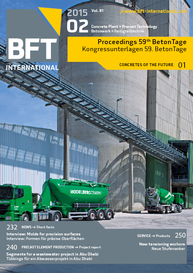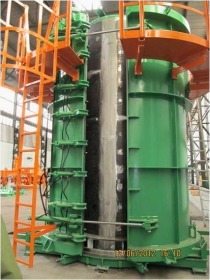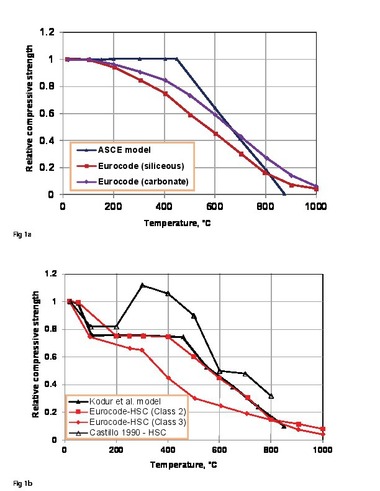Concepts to ensure the durability of concrete structures
Currently the durability aspects of concrete structures are regulated in the standards in a descriptive way. Depending on the exposure class, specified by the designer, in the concrete stan-dard certain minimum requirements are defined referring the maximum water/cement ratio, minimum cement content, minimum compressive strength etc. However, the relevant properties themselves such as carbonation resistance or freeze resistance are not directly considered. Rather it is assumed that with those indirect parameters, which are determined on empirical basis, the durability of the concrete can be...






